nats
-
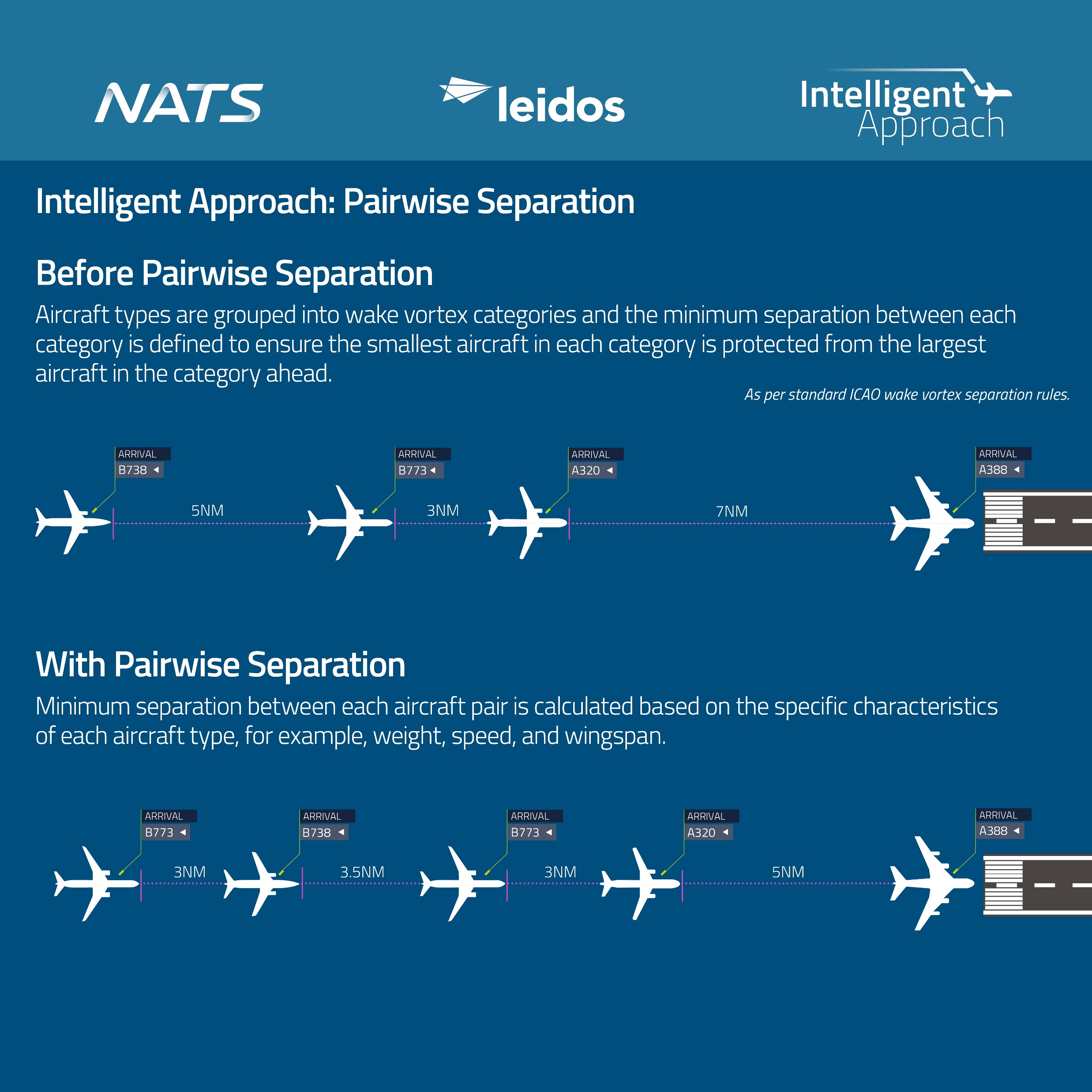
Heathrow’a İnişte Uçaklar Arasındaki Mesafe Ayarında Yeni Standart
Yoğun havalimanlarında uçaklar ardı ardına inerken, uçuş emniyeti gereği aralarında belli bir mesafe bırakılması gerekiyor. Londra Heathrow gibi dünyanın en işlek havalimanlarında, söz konusu mesafe, uçuş kapasitesi açısından büyük önem taşıyor. İngiltere’nin hava trafiğinin yönetiminden sorumlu kurum olan National Air Traffic Services (NATS), söz konusu kapasiteyi en verimli bir biçimde kullanabilmek ve geliştirebilmek amacıyla sürekli…
-
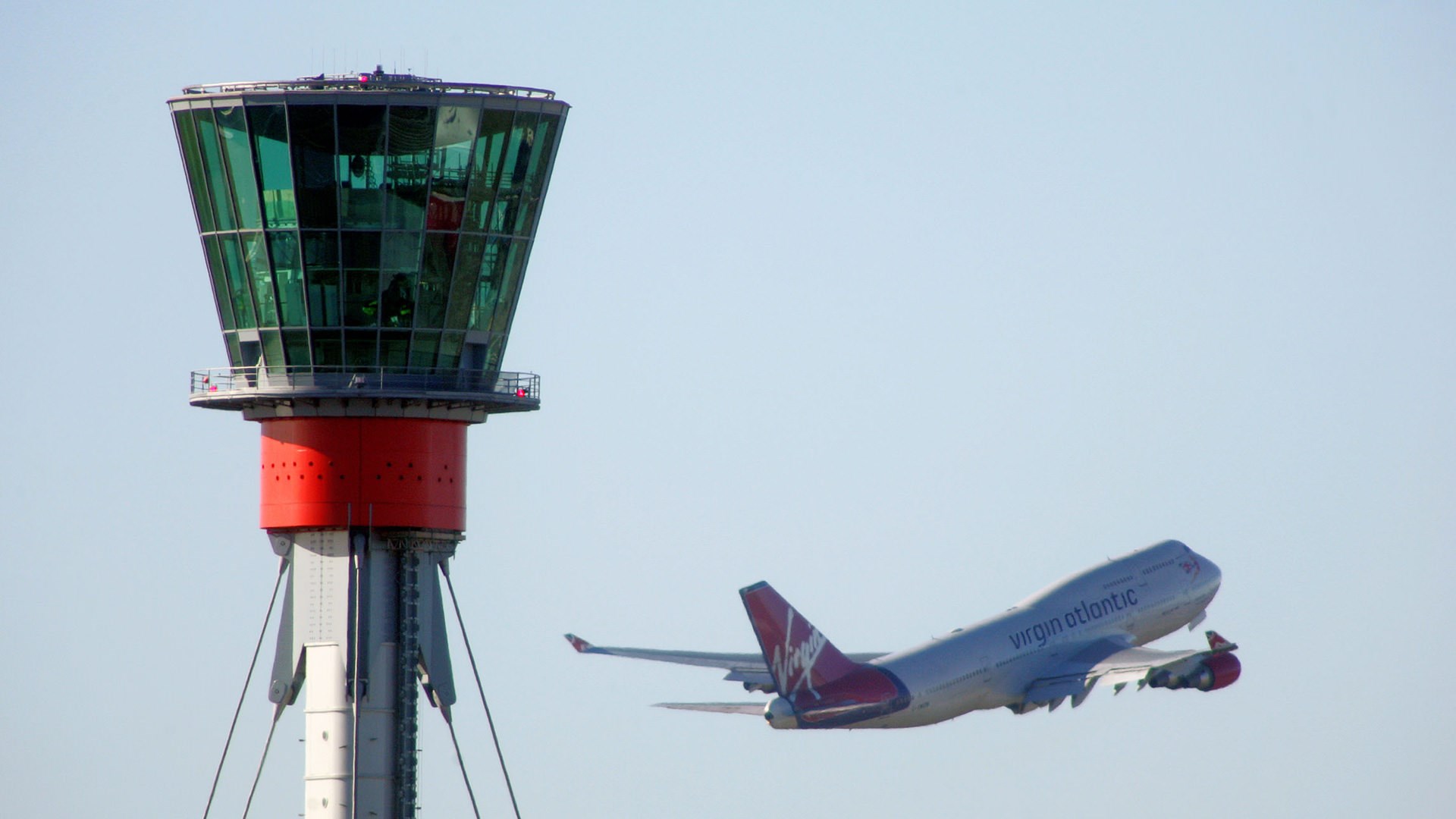
“Zaman Bazlı Ayrım” Uygulamasının Heathrow’a Faydası Ne Oldu?
Yolcu sayısı bakımından dünyanın en büyük yedinci havalimanı konumundaki Londra Heathrow‘da, artık sınıra dayanmış olan kapasiteyi en verimli bir biçimde kullanmak için her şey yapılıyor. Sadece iki pistle yılda neredeyse 80 milyon yolcuyu ağırlayan Londra Heathrow Havalimanı, kapasitesinin %98’ini kullanarak adeta bir “verimlilik” dersi veriyor. Heathrow’a varışlarda yaşanan gecikmelerin en başta gelen sebebi, uçakların son yaklaşma esnasında maruz…
-
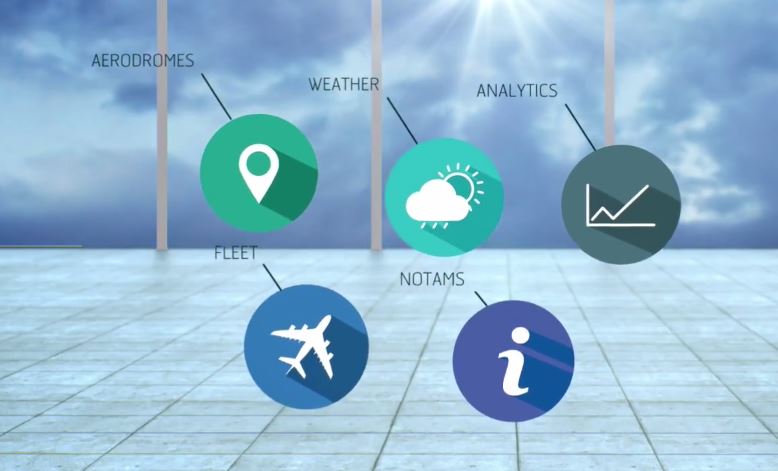
NATS mos
Managing airline operations is highly complex. With air traffic intelligence at its core, NATS mos creates a focused and responsive view of the information that matters most. Developed specifically for Airline Operations Control Centres, the web-based solution provides a rich real-time picture on a single, streamlined portal.
-

Uçaklar Artık Londra’da “Bekleme” Yapmayacak mı?
İki pistle yılda 70 milyondan fazla yolcuyu ağırlayan Londra Heathrow Havalimanı, kapasitesinin %98’ini kullanarak adeta bir “verimlilik” dersi veriyor. Heathrow’a seyahat edenler bilir; uçak meydana yaklaştığında “holding” olarak tâbir edilen bekleme moduna alınır. Diğer bir çok havalimanı için holding, uçak trafiğinin yoğunluğu sebebiyle bekleme yapıldığına işaret eder. Oysa Heathrow’da durum çok farklı. Heathrow’da, holding modu, iniş…
-

A quiet evolution in airspace management
In a world where the next big solution is constantly being sought and only the most innovative projects get celebrated, there is ongoing methodological work to make an impact on one of the greatest challenges we all face – climate change. For many years air traffic controllers, airspace designers, engineers and scientists at NATS have…
-
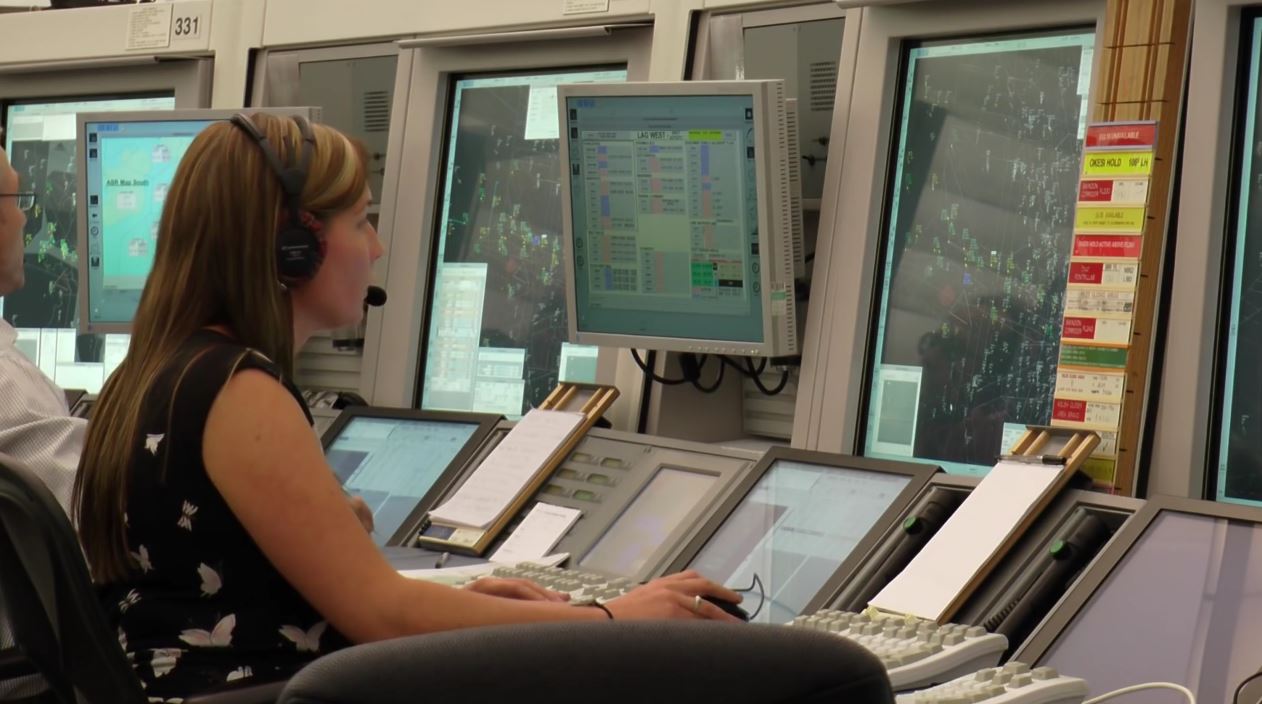
Skies Above Britain
The air traffic control centre at Swanwick has been highlighted in the NATS-related drama, Skies Above Britain TV series, on BBC Two. Nestled in southern Hampshire behind trees, tall fences and security gates, the centre is almost within touching distance of the M27, and yet most drivers will have had no idea that they’ve just…
-
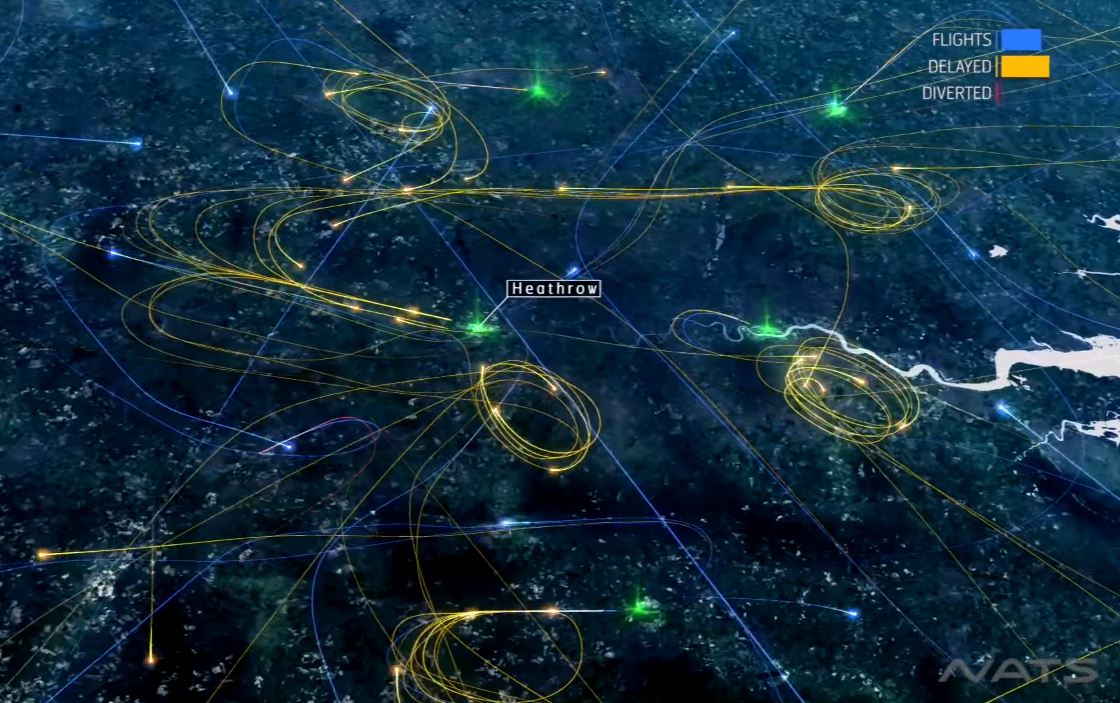
What does a day of bad weather look like?
Dealing with bad weather is one of the most difficult things for air traffic controllers to manage. Its unpredictable nature means aircraft aren’t able to fly their usual routes, resulting in unusual flight patterns that add hugely to the complexity of the airspace and the workload for each controller. We’ve taken a day’s worth of…
-
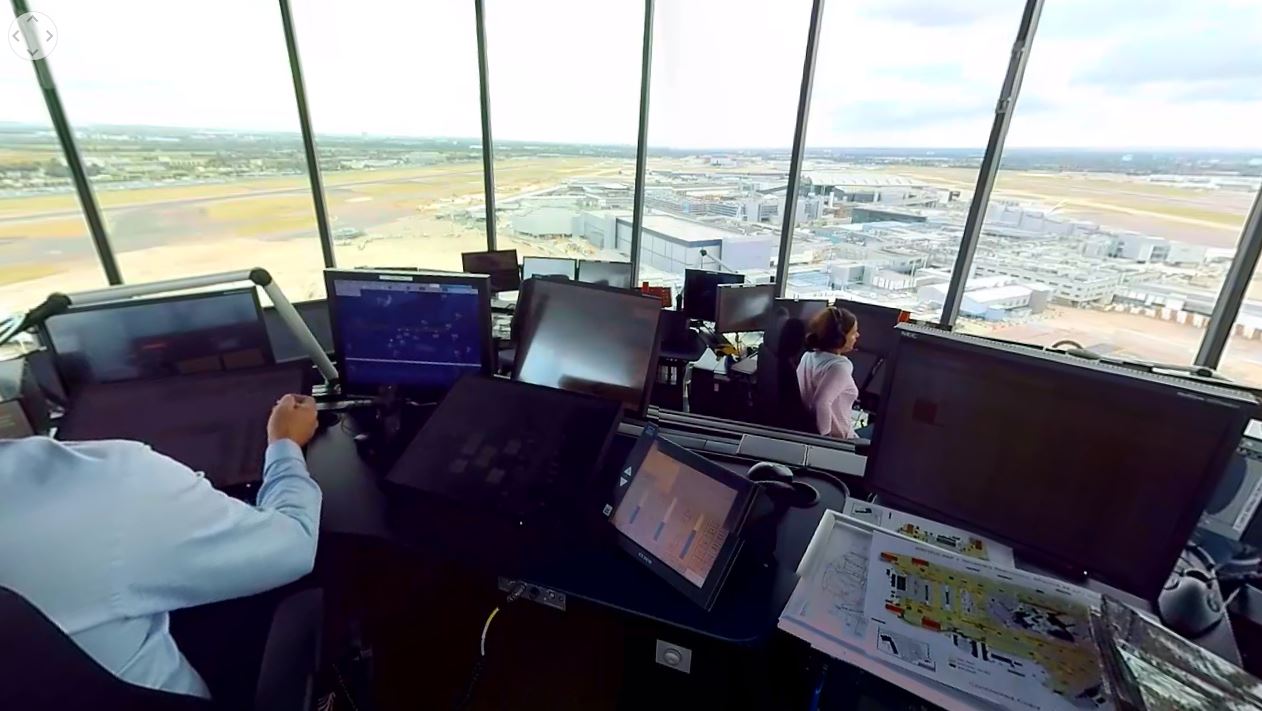
NATS – London Heathrow Control Tower 360
Step inside the control tower at London Heathrow Airport and watch the NATS air traffic controllers at work at what is the busiest two runway airport anywhere in the world.
-
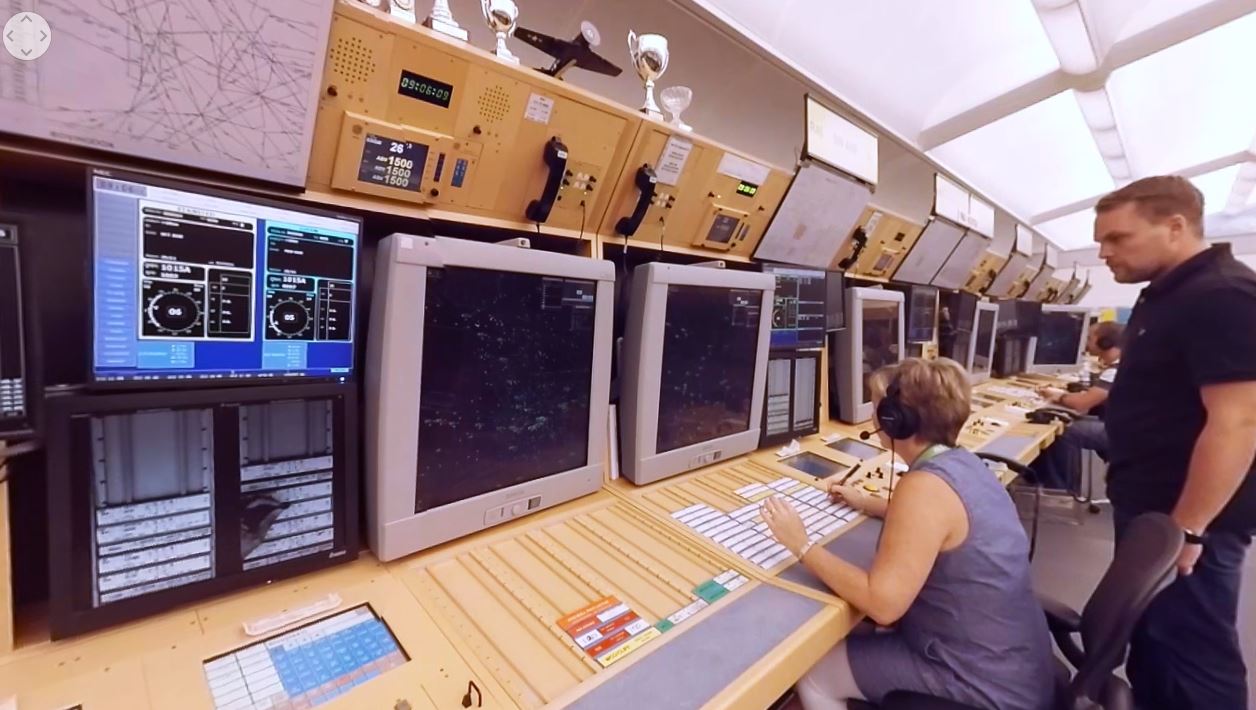
NATS – The Swanwick London Terminal Control Room
Step inside the nerve centre controlling air traffic over the busy and congested airspace above London. Controlling all the aircraft arriving and departing into London’s main airports, Terminal Control l is one of the busiest air traffic control operations in the world.
-

UK Airspace 24 Hours: 16-17 August 2016
AIRSPACE+; catch-up TV for the skies has now been launched. Airspace+ is a system we have to create visualisations of the air traffic in our skies. It can do this for anywhere in the world, and depending on settings, produce videos that update every hour to show the previous 24 hours of air traffic. To…
-
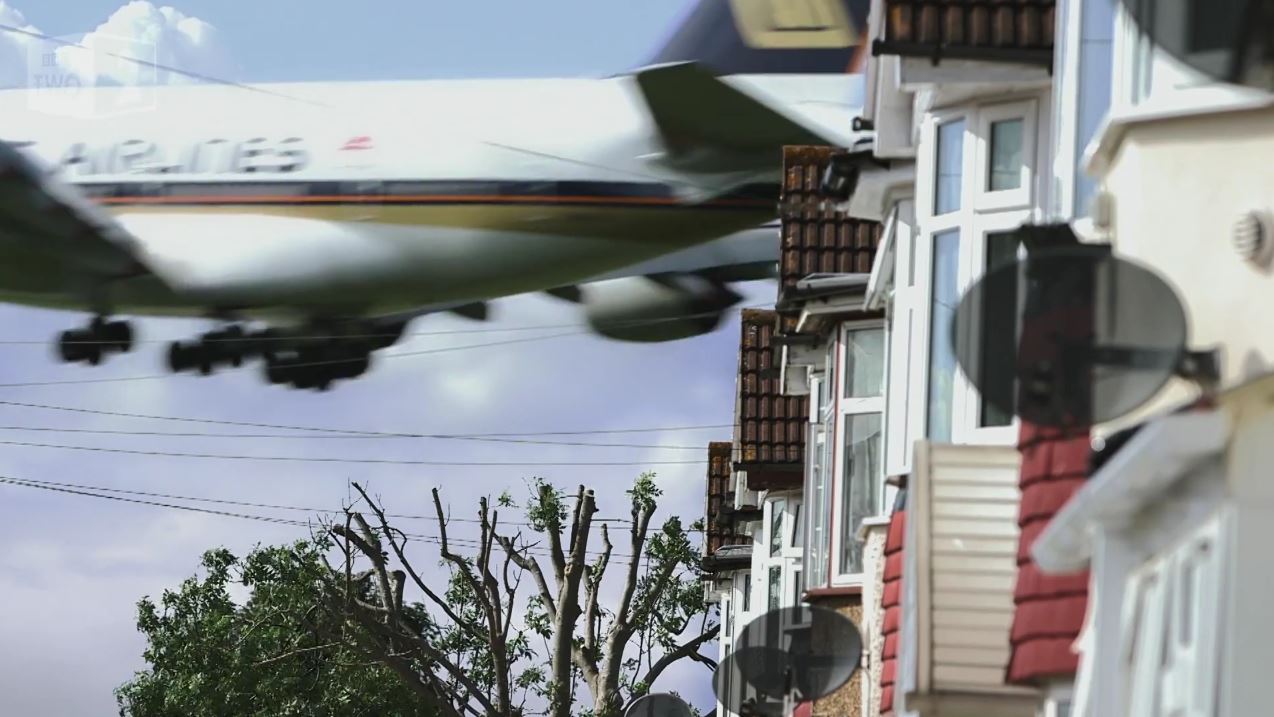
Skies Above Britain
Skies Above Britain is an exciting new five part BBC Two series looking at the unseen side of aviation. With unprecedented access to the world of air traffic control, the series puts the spotlight on the hidden army of controllers whose job it is to keep our skies safe. First Episode: Wednesday 17 August on…
-
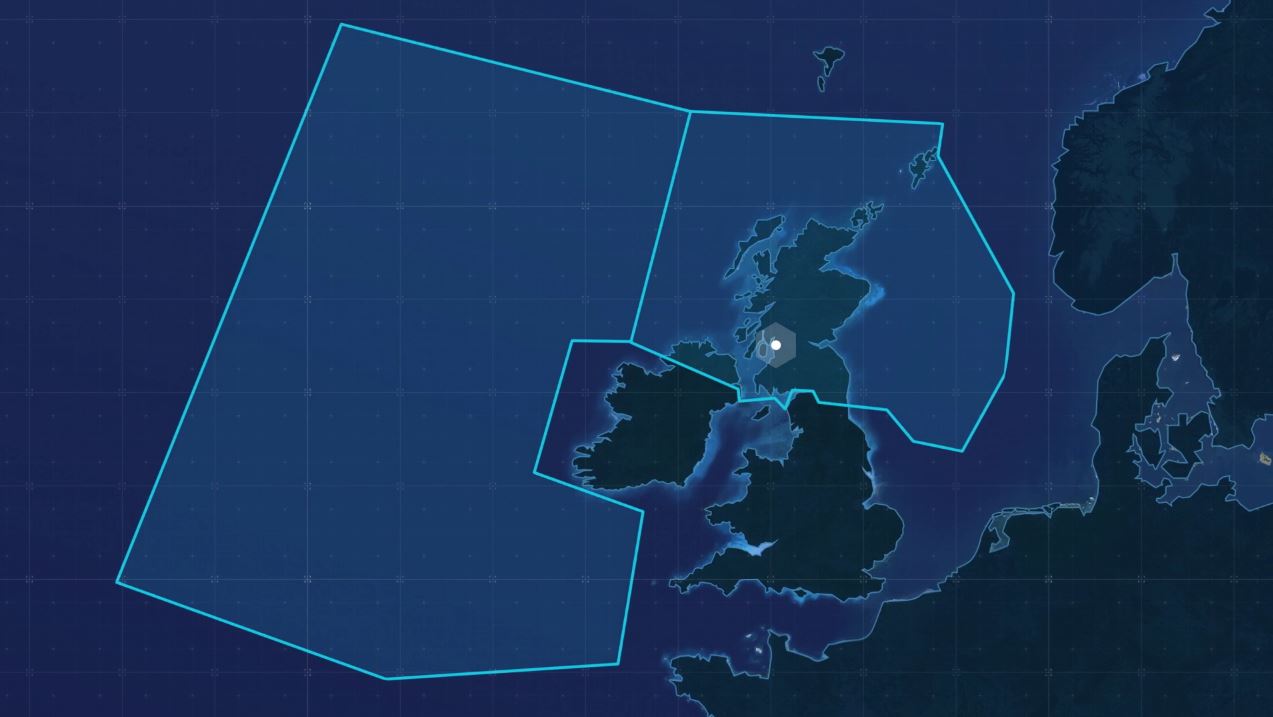
What is iTEC?
iTEC, NATS’ new flight data processing system, has gone into full operational service at its Prestwick Centre. But what exactly is iTEC and what does it mean for the future of air traffic management?
